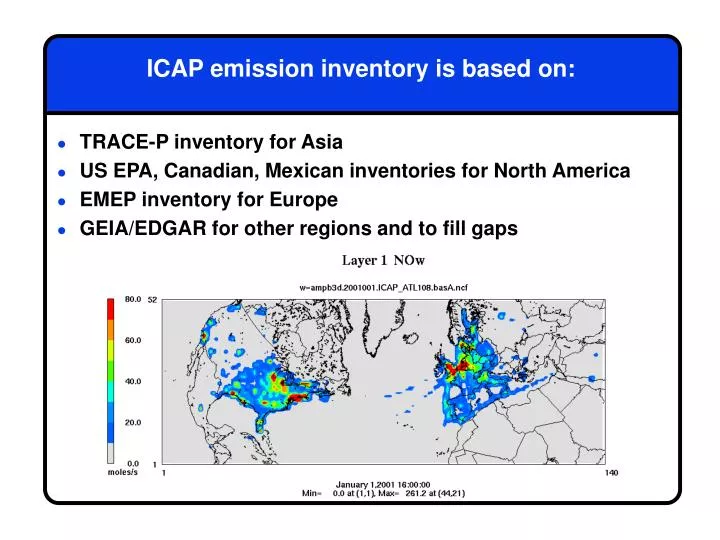

Getting buy-in for the survey from all community, district, and national leaders is critical to enter communities with appropriate permissions. To address community inquiries and generate survey support, each PHIA survey team adapts a community mobilization strategy specific to their local and cultural contexts through acquiring community acceptance, developing educational materials in local languages, and recruiting community members to be part of the survey team. Assess the effectiveness of country’s HIV prevention and treatment programs.īy collecting this information, the PHIA surveys help governments understand how effective their HIV programs are and where future efforts to control the epidemic should be focused.Measure HIV incidence, HIV prevalence, and viral load suppression among people living with HIV.Measure progress toward the Joint United Nations Programme on HIV/AIDS’ 90-90-90 targets.PHIA surveys provide stakeholders with the information they need to: The goal of the PHIA surveys is to provide a population-level understanding of the status of HIV epidemic control at the national and sub-national level in participating countries, and to document the achievements of HIV programs in these countries. Among HIV-positive individuals, test for CD4 cell counts, quantification of HIV viral load, presence of antiretroviral drugs and HIV resistance.Īll information is recorded on tablets by trained survey staff and is treated as strictly confidential.Estimate the percent (prevalence) and number of people living with HIV and the rate (incidence) and number of new annual HIV infections.Collect data on access to and uptake of HIV treatment and prevention services.Collect socio-demographic, clinical and behavioral information.The Population-based HIV Impact Assessment (PHIA) surveys are large, nationally representative household-based surveys that provide home-based HIV testing and counseling with immediate return of results.

More country-specific details can be found in the Resources section.

Some PHIA surveys have also included diagnostic testing for other conditions such as syphilis, hepatitis B, and hepatitis C. Samples from HIV-positive individuals undergo additional testing, including quantitative assessment of viral load, qualitative presence of antiretroviral medications, and HIV subtyping and drug resistance testing. Individuals who test positive for HIV are referred to care and treatment.Īll blood samples are transported to laboratory facilities for processing, aliquoting and freezing within 24 hours, as well as subsequent quality control testing. Blood is collected by trained survey staff from consenting participants, followed by home-based HIV testing and counseling. Interviews are conducted in pre-selected households, where eligible participants first provide informed consent and then answer questions regarding household membership and characteristics, individual sociodemographic characteristics, and HIV-related risk factors. The PHIA Project builds on ICAP’s expertise in data collection and management and lab-based measurement of HIV. ICAP provides technical assistance at the national level to strengthen data collection systems, enhance laboratory infrastructure, and build capacity to design, conduct, and analyze PHIAs in survey countries. Survey results released to date measured national and regional progress toward UNAIDS’ 90-90-90 and 95-95-95 targets and guide HIV policy and funding priorities as countries strive for epidemic control. The surveys also ask questions about access to preventive care and treatment services for adolescents and adults (15+) and children (if applicable). Each survey offers participants household-based HIV counseling and testing with immediate return of HIV test results conducted by trained survey staff, with subsequent return of additional HIV related test results. The PHIA Project consists of cross-sectional, HIV-focused household surveys to assess the current status and effectiveness of national programs in reaching HIV epidemic control. The PHIA Project embraces strong and effective partnerships to change the course of the HIV epidemic. Centers for Disease Control and Prevention (CDC) with technical support from ICAP at Columbia University. President’s Emergency Plan for AIDS Relief (PEPFAR) through the U.S. This effort is led by the Ministry of Health in each participating country and funded by the U.S. Since 2014, the Population-based HIV Impact Assessment (PHIA) Project has conducted nationally representative surveys to capture the state of the HIV epidemic in the most-affected countries.


 0 kommentar(er)
0 kommentar(er)
